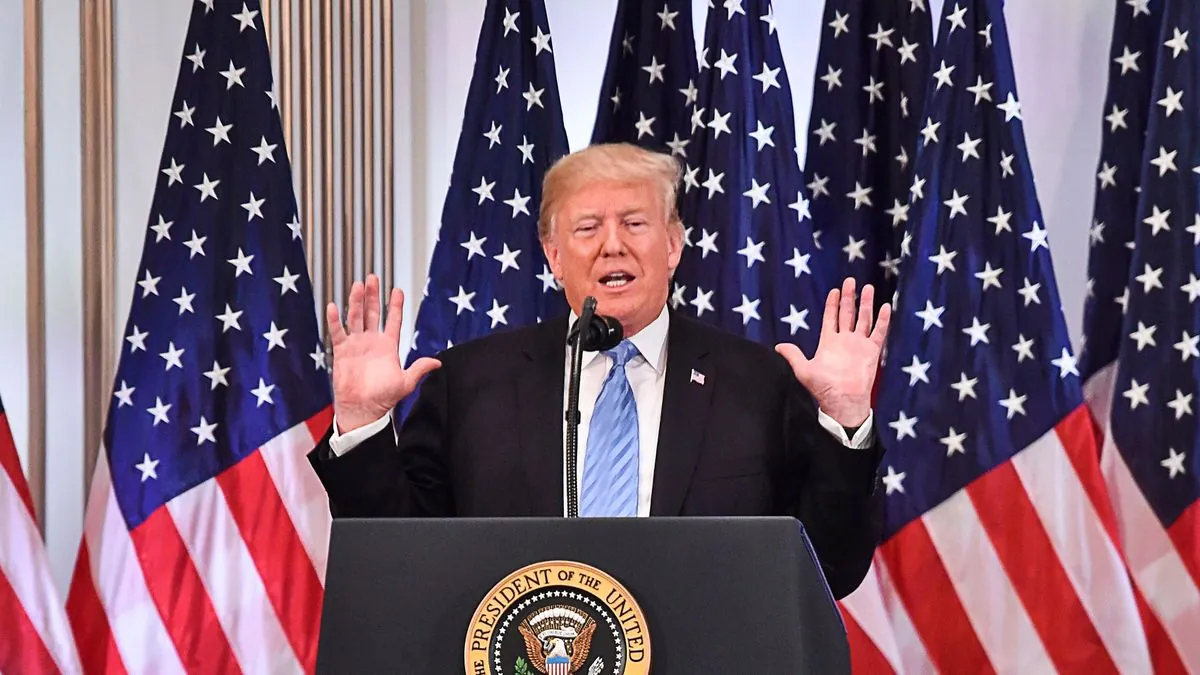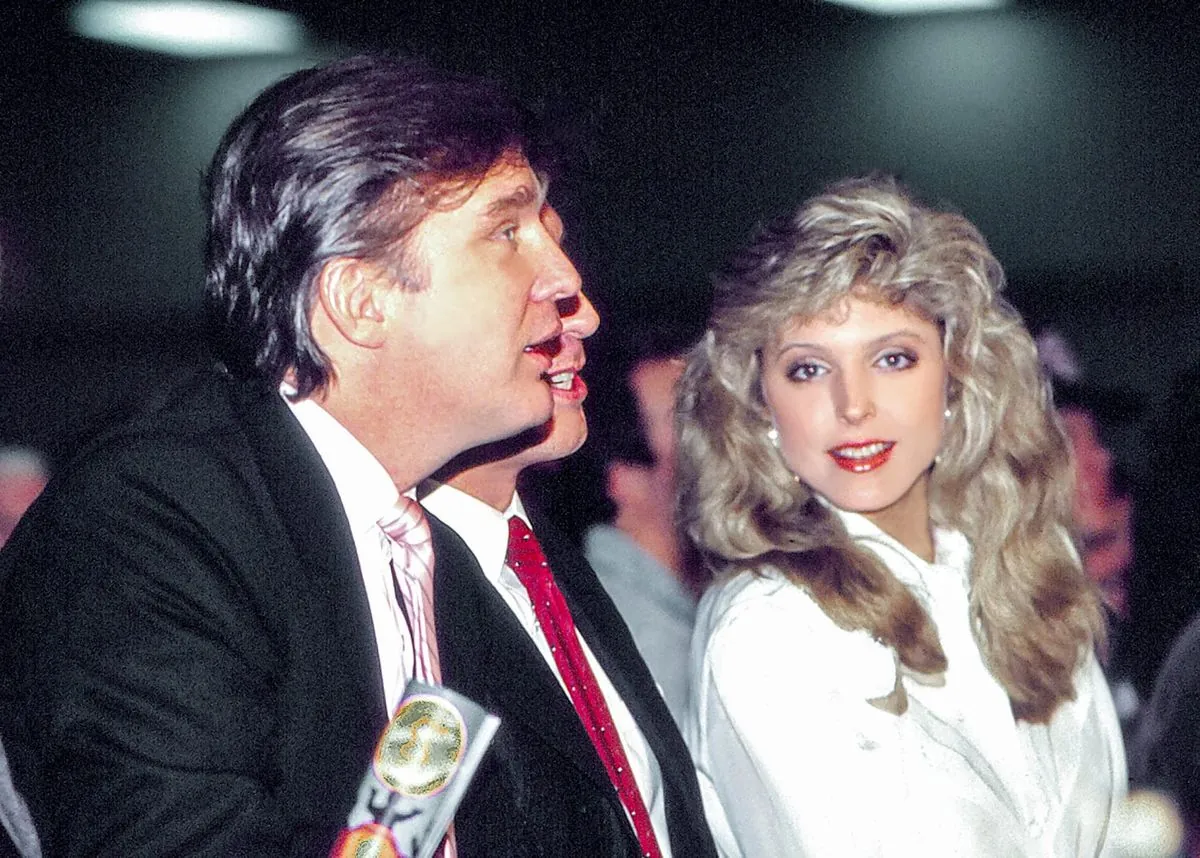Trump Challenges Carroll Verdict, Questions Photo Authenticity
Former President Trump contests E. Jean Carroll case verdict, suggesting photo evidence could be AI-generated. His defense strategy includes various claims, raising doubts about the case's validity.

In a recent development, Donald Trump, the 45th President of the United States, has taken steps to challenge the verdict in the civil trial that found him liable for sexually assaulting writer E. Jean Carroll. Following an unsuccessful attempt to overturn the verdict in court, Trump held a press conference at Trump Tower to present his case to the public.
During the press conference, Trump employed a multi-faceted approach to defend himself:
- Denying knowledge of Carroll
- Questioning the authenticity of photographic evidence
- Citing lack of police reports and witnesses
Trump's focus on the photographic evidence was particularly noteworthy. The image in question, published in a 2019 New York magazine article, shows Carroll and Trump at an NBC party in the late 1980s. Trump suggested that this photo "could have been AI-generated," despite the technological impossibility of such a claim.

It's important to note that artificial intelligence image generation technology was not available when the New York magazine article was published. Even with today's advanced AI capabilities, creating an image of such clarity and accuracy would be challenging.
Interestingly, Trump's stance on the photo has evolved. During a deposition, he misidentified Carroll in the image as Marla Maples, his second wife. This misidentification contradicts his later claims about Carroll's appearance.
"All I can say is that I never met the woman other than this picture, which could have been AI-generated, I don't know."
Trump's defense strategy appears to be a broad attempt to cast doubt on various aspects of the case. His prepared notes, written on cards bearing his 2024 presidential campaign logo, included points such as "No police report" and "No witnesses."
This approach reflects a common tactic in the court of public opinion, where the burden of proof differs from legal proceedings. In civil trials, unlike criminal cases, the standard of proof is based on a preponderance of evidence rather than proof beyond reasonable doubt.
As this situation unfolds, it highlights the complex interplay between legal proceedings, public perception, and the role of technology in shaping narratives. The case continues to draw attention to issues of accountability, the power of public figures, and the challenges of navigating truth in an era of rapidly advancing technology.


































